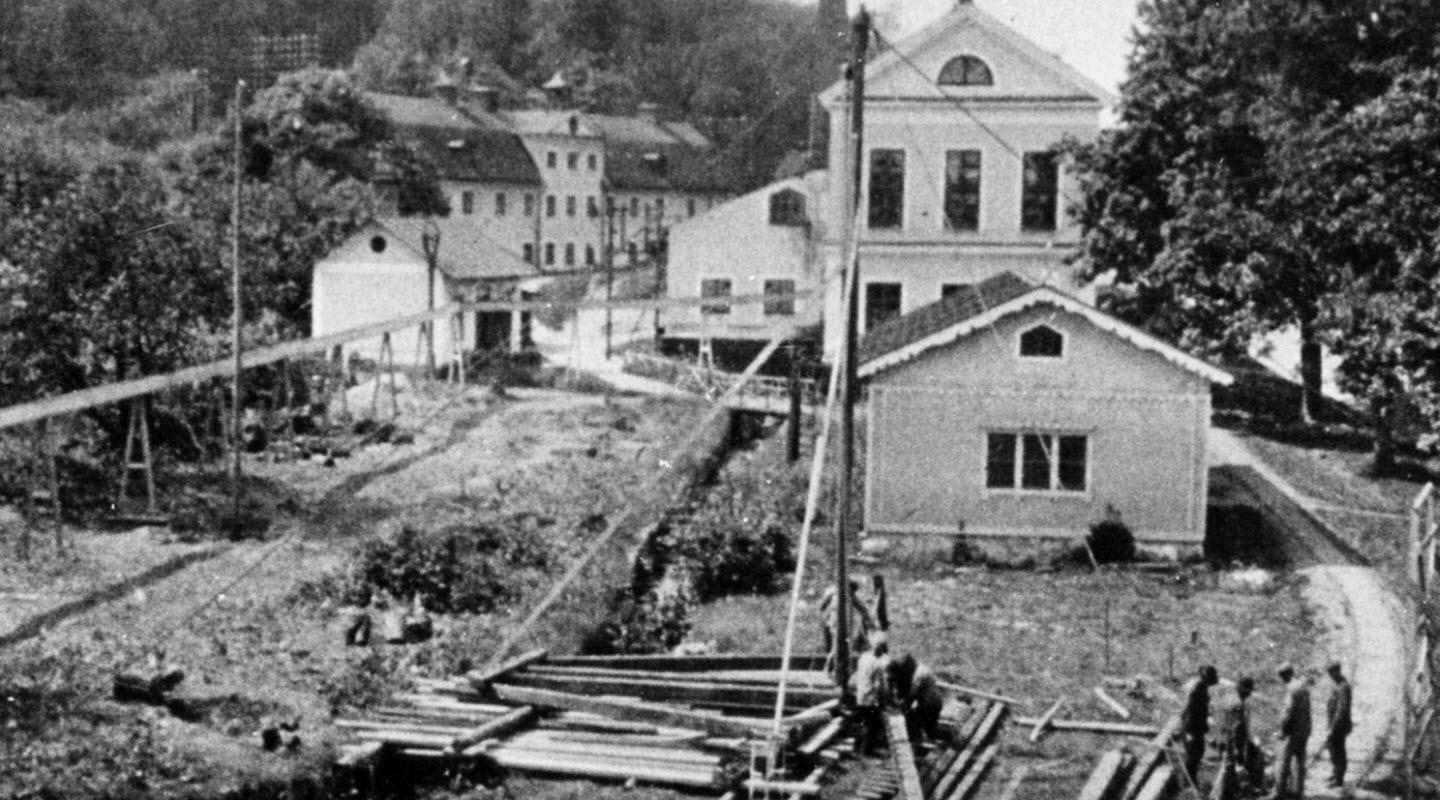1755 - Tumba Bruk is founded

The Riksbank wished to put an end to counterfeit banknotes. One way was to manufacture paper that was difficult to copy. So the bank started its own paper mill at Tumba.
The paper manufactured there had many watermarks and white stamps that made counterfeiting harder. The banknotes bore the bank's motto "Hinc robur et securitas" (From here, strength and security). They also held a warning in small print that began "Anyone who counterfeits this note shall be hanged..."
At the start of the 1800s, lower denomination banknotes were also produced in smaller formats. This meant that they could not be used as raw material in the counterfeiting of larger denomination banknotes, which had larger formats. This principle is still in use.
The need to protect banknotes' validity has not declined since the 18th century. The new banknotes, with the denominations 1000, 500, 200, 100, 50 and 20 kronor, which were introduced in 2015–2016, have many modern security features. One example is the security strip with three windows. The banknotes feature images that move and alternate motif between "KR" and a royal crown when you tilt the banknote (1000, 500, 200 and 100-krona banknotes only). All denominations have a colour-shifting image linked to the person portrayed on the banknote. The denomination can also be seen here. When the banknote is tilted, the image and the figure gradually shift between gold and green.
